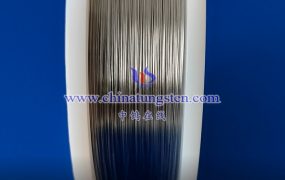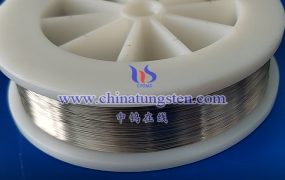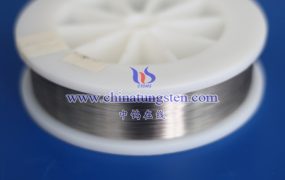Cleaned tungsten wire, typically produced from drawn tungsten rods and used in applications like lamps and electronics, undergoes electrolytic polishing to achieve a smooth, lustrous surface by removing microscopic imperfections, oxides, and irregularities. This process is a reverse electroplating method where the wire acts as the anode, and material is anodically dissolved in a controlled manner. The exact parameters (e.g., voltage, electrolyte composition) can vary based on the wire diameter and desired finish, but the core steps are consistent across industrial practices.
The process generally follows these sequential steps:
- Preparation and Cleaning: The cleaned tungsten wire is uncoiled from a spool and subjected to additional pre-treatment if needed to ensure the surface is free of contaminants, oils, dust, or residues from prior drawing or annealing. This may involve ultrasonic treatment in acetone or a similar solvent for 10–15 minutes, followed by a brief weak etch in a dilute acid solution (e.g., 1:1 hydrochloric acid) for 0.5–1 second to activate the surface and remove initial oxides. The wire is then rinsed thoroughly with deionized water to prevent contamination in subsequent steps.
- Setup of the Electrolytic Cell: The cleaned tungsten wire is mounted as the anode (positive electrode) in an electrolytic bath. A continuous feed system is used for long wires, where the wire passes through the bath at a controlled speed (typically 1–10 m/min). The cathode (negative electrode) is usually a rotating graphite or copper drum or mesh submerged in the electrolyte. The electrolyte is a chelating solution that reacts with tungsten oxide (formed during polishing) to produce soluble complexes, such as a tartrate-based bath (e.g., sodium or potassium tartrate at 100–200 g/L, pH 8–10) or an alkaline phosphate solution (e.g., 100 g/L Na₃PO₄, 6 g/L NaOH, and 10 mL/L glycerin). The bath temperature is maintained at 40–60°C, and the inter-electrode gap is set to 0.5–1.5 mm for uniform polishing.
- Immersion and Electropolishing: The cleaned tungsten wire is immersed in the electrolyte and connected to a DC power supply. A voltage of 5–10 V (or current density of 20–50 A/dm²) is applied, initiating anodic dissolution. The process runs for 20–60 seconds per section (or continuously for coiled wire), during which the surface oxidizes to form tungsten oxide or tungstic acid. This oxide layer chelates with the electrolyte to form a soluble film, leveling peaks and smoothing the surface via mass transfer and viscous layer mechanisms. Stirring or electrolyte flow ensures even removal, typically reducing surface roughness from ~0.5–1 μm to <0.05 μm. For optimal results, a two-step approach may be used: initial current-driven mode for bulk removal, followed by potential-driven mode for fine finishing.
- Rinsing and Washing: Immediately after polishing, the cleaned tungsten wire is withdrawn from the bath and rinsed with deionized water to remove residual electrolyte, dissolved tungsten compounds, and byproducts. This step prevents re-deposition or corrosion and is often done via a spray or immersion wash for 10–30 seconds.
- Drying: The cleaned tungsten wire is dried using hot air (e.g., infrared heaters at 100–200°C), compressed air, or a low-temperature oven to evaporate moisture without introducing thermal stress. This ensures a contamination-free, high-luster finish. The wire is then inspected for uniformity and recoiled for storage or further processing.

More details of tungsten wire, please visit website: http://www.tungsten-wire.com.cn/
Please contact CHINATUNGSTEN for inquiry and order of tungsten wire:
Email: sales@chinatungsten.com
Tel.: +86 592 5129595





